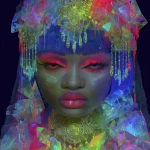Explore the Best AI Image Gallery

5G: A Quantum Leap for Creative Industries
The fifth generation of wireless technology, 5G, is poised to revolutionize numerous industries, and the creative sector is no exception. With lightning-fast speeds, ultra-low latency, and massive network capacity, 5G empowers artists, designers, and innovators with unprecedented tools for expression, collaboration, and audience engagement.
Transforming Creative Practices
From augmented reality (AR) to virtual reality (VR), 5G fuels immersive experiences that blur the lines between the physical and digital worlds. Imagine artists painting in a virtual space where their creations interact with real-world elements, or musicians composing symphonies controlled by motion sensors synced via 5G. These possibilities are no longer science fiction; they are within reach thanks to 5Gs transformative capabilities.
Potential Uses Across Creative Fields
- Gaming and Entertainment: 5G enables real-time, interactive gaming experiences with stunning graphics and seamless multiplayer interactions. Imagine attending virtual concerts with lifelike avatars of your favorite artists, or participating in immersive storytelling where your choices influence the narrative.
- Film and Animation: 5G facilitates high-definition streaming and remote collaboration for film production. Directors can access real-time footage from multiple cameras on set, while animators can work remotely on intricate details, accelerating the creative process.
- Music Production and Performance: Musicians can utilize 5G to share ideas instantly with collaborators, perform in virtual spaces with synchronized lighting and sound effects, or create interactive musical experiences that respond to audience movements.
- Visual Arts and Design: Artists can use 5G-powered AR apps to overlay digital creations onto physical canvases, creating dynamic and responsive artwork. Designers can visualize their concepts in immersive 3D environments, streamlining the design process.
Ethical Considerations
As with any transformative technology, 5G raises ethical considerations that require careful attention.
- Data Privacy and Security: The vast amounts of data generated by 5G networks necessitate robust security measures to protect user privacy and prevent unauthorized access.
- Algorithmic Bias: AI algorithms used in creative applications can perpetuate existing biases, leading to unfair or discriminatory outcomes. It is crucial to develop and deploy AI systems that are fair, transparent, and accountable.
- Digital Divide: Unequal access to 5G infrastructure could exacerbate the digital divide, limiting opportunities for underrepresented communities in the creative industries.
Future Trends
The convergence of 5G with other emerging technologies, such as artificial intelligence (AI) and blockchain, will further shape the future of creative industries.
- AI-powered Creative Tools: AI will become increasingly sophisticated in assisting artists and designers with tasks such as generating ideas, creating visuals, and composing music.
- Decentralized Creative Platforms: Blockchain technology can empower creators by enabling them to own and monetize their work directly, cutting out intermediaries and fostering a more equitable creative ecosystem.
- Immersive Entertainment Experiences: 5G will drive the development of highly immersive entertainment experiences, such as interactive films, virtual theme parks, and personalized storytelling platforms.
As 5G technology continues to evolve, its impact on the creative industries will only intensify. By embracing these advancements responsibly and addressing ethical considerations, we can unlock a future where creativity knows no bounds.

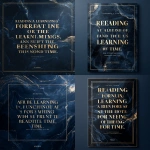
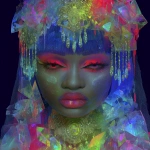








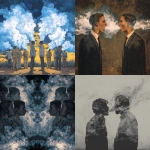





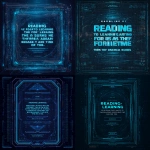
](https://images.ai-img.art/thumbnails/150/1202074d0d60b08b64d0f91f36468608aaac200a02b721cc8e6d8ec8a908432c.webp)



](https://images.ai-img.art/thumbnails/150/60973df1d727dbbf8e6922b7e4836814ab6012106eb9dcfe99aea7aec15f3710.webp)






](https://images.ai-img.art/thumbnails/150/655229c40961cb7ff5abd4b4190e02c94ea1a961106e7547a562649c945268be.webp)








](https://images.ai-img.art/thumbnails/150/184b4b030e30be0a6d51b544226cb4cf2271977814d935d3aaa2b7529355b3b7.webp)

](https://images.ai-img.art/thumbnails/150/6c909fd6d38caac6572b592dd97831deb7d6562bba142798574677582676dfc1.webp)





](https://images.ai-img.art/thumbnails/150/e6a179db327f0374ec327d0fdab48ac1f2dc47123eed103b0a41ed346280d07d.webp)
](https://images.ai-img.art/thumbnails/150/26c16e4f635deee86633de398088ca98d9bb748d6e7601436b07e882fab236cb.webp)
